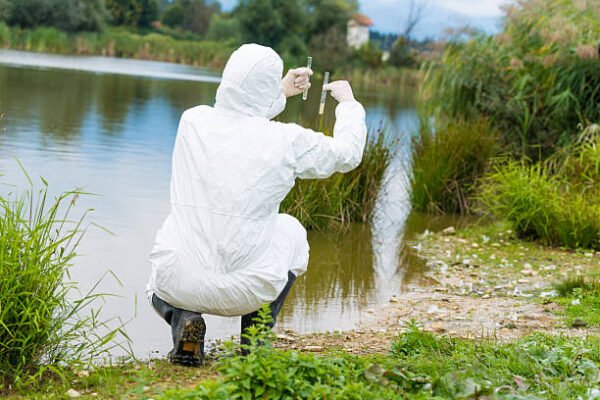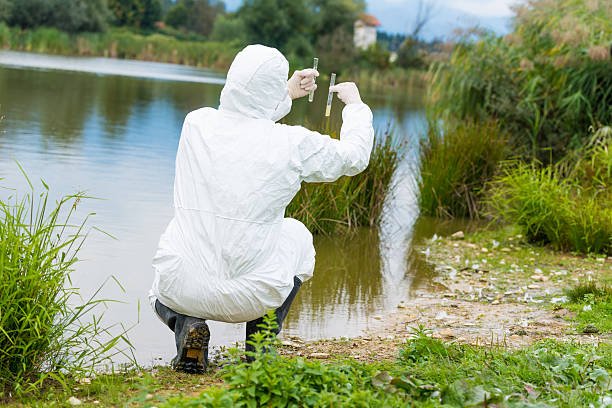Water quality is questioned more and more, as it should be. As towns and cities grow the demand on infrastructure becomes stretched to and past the limits.
We need to be aware of the challenges and educate ourselves accordingly. This includes being prepared according for when notification of contaminated water might be made.
Questions around this would include local conditions and the type of incidence that might occur and the resulting contamination that you would need to address in your water to be able to drink it safely.
When familiar with the SureAqua range, you may also be able to review the volume of water that you store from a disaster preparedness angle. If you live in an area where flooding is common, you may be able to source flood water and use the SureAquaJerrycan, therefore, reducing the need to store high volume water.
The SureAqua range of products can address microbiological contamination like no other product, you will not question your water quality when using the products
Our earth is covered by around 70% of water, of that 70%, only about 1% that is drinkable. Of all water being consumed by people about 95% ends up in our sewage system. As consumers of water, our water consumption is up 100% in the last 30 years.
In that time, we have increased our pollution by more than 350% per person, we have removed enormous areas of forests, we have increased our heavy industry by more than 2 fold, and quadrupled the number of motor vehicles, as well as our population, is growing at a rapid rate.

It is no wonder that our earth has more and more issues with challenged water quality.
Many recent surveys and reports have attributed liver damage, cancer, arthritis and many other diseases less than effective water purification systems.
Latest US water supply reports have shown that approximately 65% of town water supplies has some form of unacceptable (EPA levels) levels of contamination. Most town water supplies have elaborate water purification and filtration systems to remove and destroy unwelcome contaminants.
There is a large number of bacteria, oocysts, cysts
Some of the main culprits in
What about heavy metals is water?
Heavy metals in water can lead to some very serious side effects including brain damage, development of autoimmunity, rheumatoid arthritis, kidney, and nervous system diseases. When we refer to heavy metals we normally refer to toxic metals. These, in most, originate from industrial & urban runoff; that is from roads and house roofs; factory outputs; industrial wastes, garbage tips, coal burning, waste incinerators, mining.
There are over 50 plus heavy metals elements. Of that, there are 18 that are considered toxic. Mercury, selenium lead, cadmium, chromium, thallium, and arsenic are the worst of the heavy toxic metals that should be avoided at all costs. Other heavy metals that are required in very small dosages, 1 µg or less per day by the human body include zinc, copper, and chromium, though in large dosages can be fatal.
These heavy toxic metals are considered as dangerous as they bioaccumulate in the body. That is, they build up faster than they are removed through human excretion, This build up that causes much of the damage to humans.
Even though toxic heavy metals are a lesser concern compared to bacteria followed by viruses, it should not be discounted as there have been some majors water disasters attributed to heavy metals. Some more prevalent ones have been in France (Sandoz), Spain (Coto de Donana) and Australia (Sydney).
It’s not only the water you should be concerned about drinking, fruit, vegetable, grains, seafood, and shellfish can also contain toxic metals and bacteria as the water used to grow the plants or the seafood is contaminated and polluted.
How does contamination get into our water supplies?
There are a large number of ways the contamination enters our water supplies, these include
• Toxic incinerators, coal-burning plants
• Industrial wastes (Process wastes from mining and industry)
• Garbage dumps
• Road run-offs
• City smog caused by car fumes
• Animal Droppings


